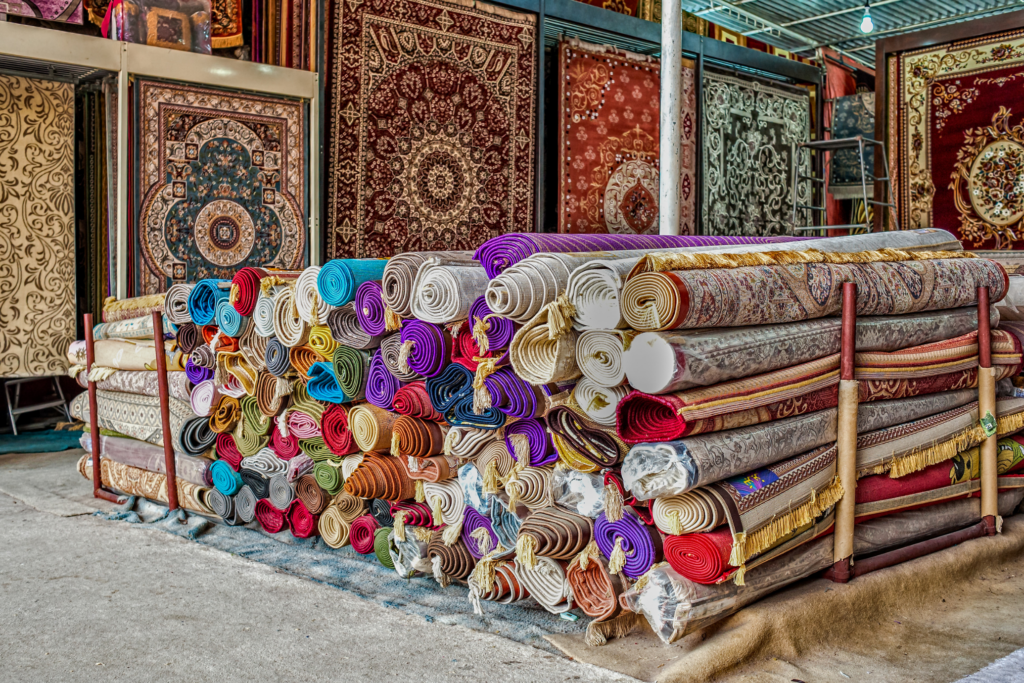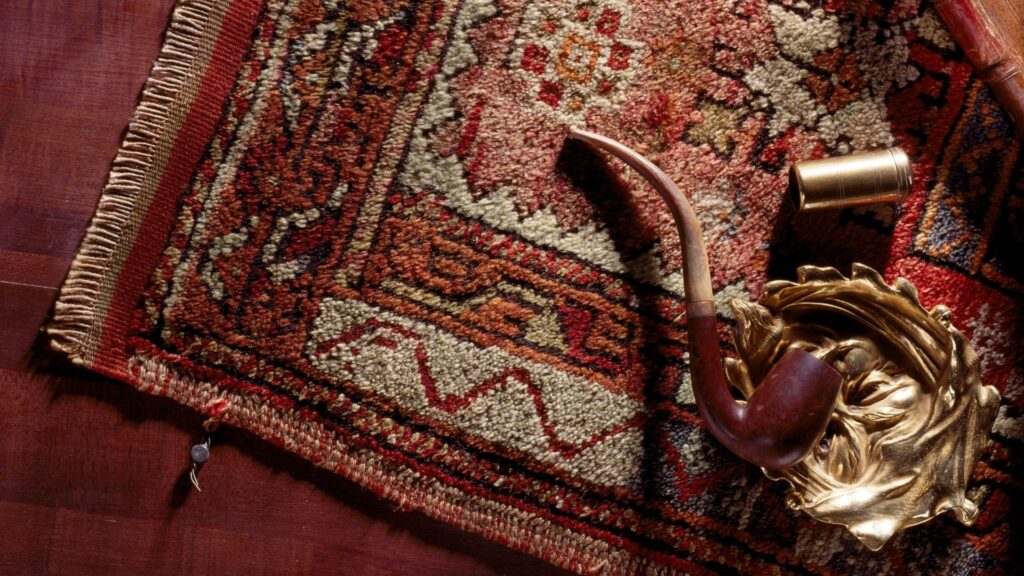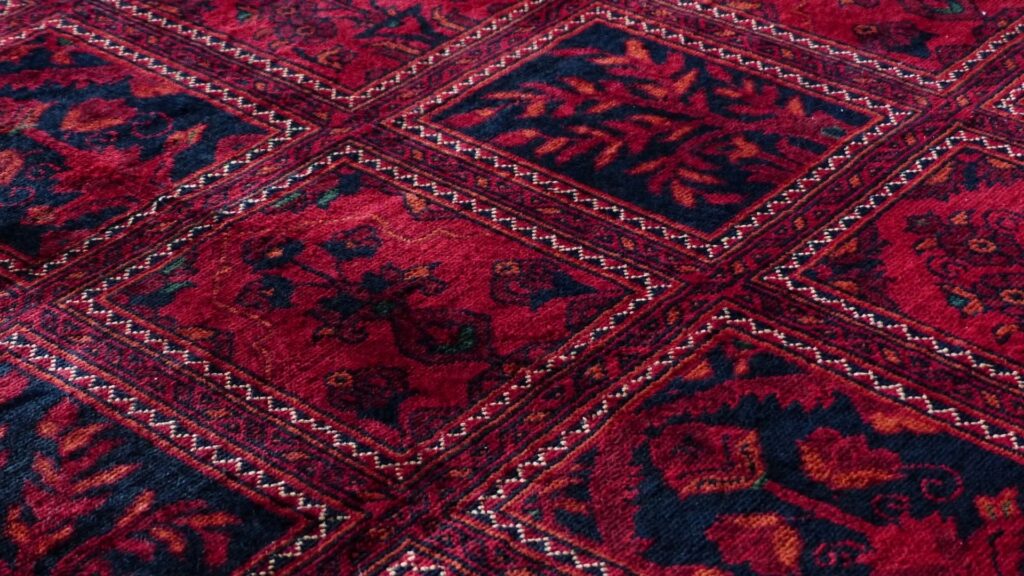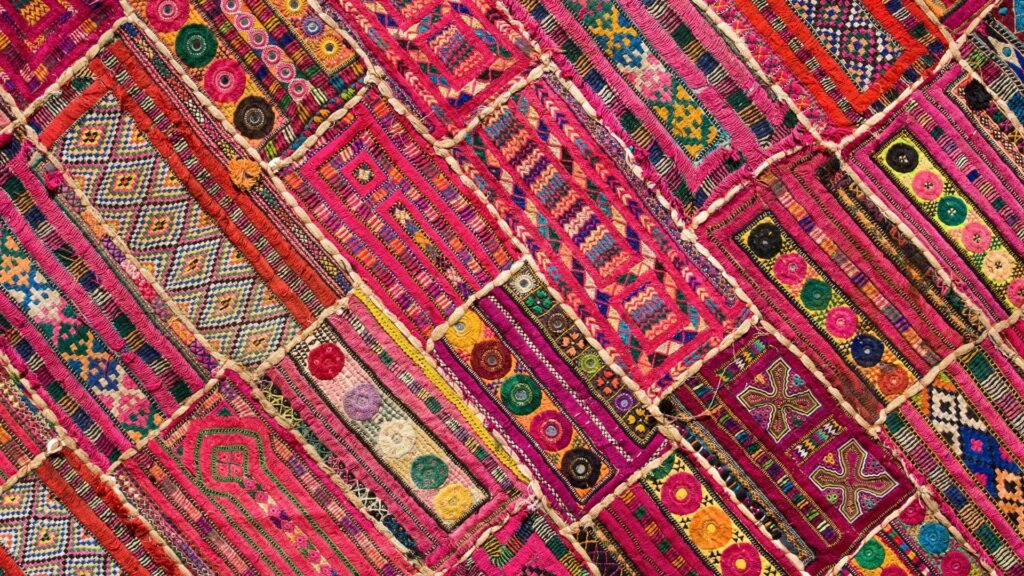
Carpets All Around the World That Make All the Difference
If you’ve ever owned a carpet, you are aware that placing one in an area may instantly elevate its aesthetic appeal. The focal point of many living and dining rooms, it is generally the first item guests see when they arrive at a house. Carpets are not everyday items; they are only used for aesthetic or warming purposes. In most societies, it is a part of the culture as well. Ancient civilizations used the carpet not only for warmth but also to give value to their domain. Currently, with the advancement of technology, machine manufacturing has replaced human labor. Consequently, a vast array of carpet designs and varieties are produced. On the market, it is now possible to get a choice of carpet types and textures.
One simple way to categorize the carpets of the globe is into four distinct groups: Persian, Turkish, Caucasian, and Nepalese. The Turkish double knot was used to weave the world’s oldest carpet, the Pazyryk, making Turks the first people to create a carpet. The Persian carpet is one of the most recognizable carpets in the world. The very high standard of both the materials and the craftsmanship utilized contribute to this. The carpets from Nepal are one of a kind and have an intriguing design. There has been a significant impact on the history of carpets from the Caucasus region. Let’s get in touch with Sirwiss carpet maintenance experts to find out what it is that makes your living room seem more lavish; your carpet.
Carpets from Across the World: Carpets from Persia

Carpet is perhaps the first thing that comes to mind when you think about Turkey and Iran. Iran is a skilled country when it comes to arts and crafts. Persian rugs are high-quality carpets that are produced utilizing Iranian or Turkish knot techniques, woolen yarn, silk, and vegetable colors. Iran’s hand-knotted carpets, which rose to prominence in the worldwide market in the nineteenth century, are presently in great demand. As a result, the unique hand-made carpets produced by the people of Iran are among the world’s most renowned handicrafts.
These carpets were manufactured using people’s own skills, weaved with remarkable artistry, and dyed with wilder hues that demonstrated wonderful harmony. Persian carpets are famous all over the world for their brilliant colors, stunning innovative patterns, and high-quality designs. The Persian rug is the costliest carpet in the world, as shown by its appearance in palaces, museums, and mansions of all sizes and places. Carpet weaving, in Iran for instance, is light years ahead of pottery and jewelry manufacturing.
In reality, the bulk and best are Turkish carpets created in Iran by Turkic peoples as Azeri, Turkmen, and Kaskay. The Node design is distinct from Turkish carpets. In terms of quality and longevity, the weaving technique known as Persian knot or Persian knot is looser and weaker than the weaving method known as Gördes knot or Turkish knot.
Types of Persian Carpets
The Seljuk Turks were the first to make carpets in Iran. Only carpet designs from the 14th and 15th centuries AD may be seen in miniatures. Around the 16th century, Persian carpet weaving started gaining popularity. Carpets were created and connected to the palace during this time period. The Safavid era in the 16th century was the pinnacle of Persian carpet art. This knowledge is supported by the fact that the earliest definite evidence of this art dates from this time. Some 1500 specimens from this time period are held in museums and private collections across the globe.
Most of the carpets utilized silk. Experts say these carpets are the best. Shah Abbas introduced gold and silver carpet thread. Rosenburg Palace near Copenhagen has one of these coronation carpets. Velvety and gold-bottomed, this piece is remarkable. Naturally, these carpets were made for royals and nobles and are as carefully preserved as gold.
The following are examples of some of the unique types of Persian carpets:
1. Kesan Carpets
2. Isfahan Carpets
3. Kirman Carpets
4. Herat Carpets
5. Garden Persian Carpets
6. Portuguese Carpets
The World’s Significance of Persian Carpets
Iran has been the world’s leading carpet exporter since the 19th century, when the nation began establishing its first formal trading networks. Even in the eastern hemisphere, which is renowned as the continent where legends were created, the famous Persian carpet has achieved a lasting reputation ahead of the industries specific to the other nations throughout the globe. Carpets are works of one-of-a-kind masters raised by the Persian population, and they are widely regarded as the most significant decorative element of worldwide museums in the history of humanity. These pieces, woven with patience and care by elegant, delicate fingers that are individually calloused and full of talent, will continue to be a source of national pride for Iran.
Carpets from Across the World: Carpets from Türkiye

The oldest carpet in the world (the Pazyryk Carpet) was woven using a Turkish double knot, and here is where the argument that Turks invented carpet weaving begins. The claim that carpets originated in Turkey, that the history of carpet weaving in Turkey dates back 2500 years, and that the Turks brought carpet from Central Asia to Anatolia. Hence, carpet making is sometimes cited as a traditional Turkic skill.
Similar patterns of Turkish carpet weaving may be traced back to numerous points in time and places in Anatolia, all the way to the homeland of the Mongols. With the help of the Seljuks in Anatolia, the ancient craft of carpet weaving was taken to new heights by the Turks, who employed the oldest weaving raw materials with remarkable ability in their first dormitories. These materials included wool, linen, silk, and cotton.
Colorful tapestries on the temple walls, dated to 6000 BC thanks to excavations at atal Höyük, show that this site is the most prototypical representation of Anatolia throughout the Neolithic era. Again, all of this evidence suggests that knowledge of dyeing was common throughout that time period. The art of carpet weaving, a vital part of Turkic culture, was passed down from mother to daughter, no matter where the people of Turkey settled.
Carpet Weaving in Turkey: A Historical Perspective
In the grand scheme of things, the carpet was a commonplace object that Turks sat on to keep their tent floors warm, prayed on, and used to decorate their walls, but it has evolved into a true piece of art and a reflection of Turkish culture. The name “transhumance Turks” is synonymous with carpets across the globe. Wool, the basic material of the carpet, was likely derived from the sheep and goats that surrounded all of Asia, particularly in the northern parts, and were tamed by the Turks, the typical nomads of these steppe countries.
One of eight kurgans discovered in the area, the Pazyryk Carpet is the oldest carpet in existence. It was discovered under the ice of the fifth kurgan. Interest in the Pazyryk Carpet has been growing steadily since it was originally published in 1953. The carpet is renowned for its intricate designs, exquisite craftsmanship, and unique weaving techniques.
Hungarian-English archaeologist Aurel Stein, famous for his findings in Central Asia, uncovered knotted carpet remnants from the 3rd and 4th centuries at Lou-Lan, west of East Turkestan’s Lop Lake, around 45 years before Rudenko discovered the Pazyryk carpet. These items, on display at the British Museum and the New Delhi Museum in India, were woven using threads spun from thick, rough, and undyed wool. Several of the items included stylized floral designs in a range of colors, including three shades of yellow, dark blue, red, matte green, and brown.
Carpets of World: Caucasian Carpets

The Caucasus area, which stretches from the west of the Caspian Sea to the Black Sea coast and includes a section of Iran in the south, is home to over 350 distinct tribal groups, all of whom have a similar cultural heritage in the skill of carpet weaving.
Rich in terrain and culture, the Caucasus is separated into three distinct areas:
1. Dagestan region
2. Shirvan region
3. Trans – Caucasian region
The main weaving regions in the Caucasus are:
1. Sumac
2. Talish
3. Shirvan
4. Dagestan
5. Lesghian
6. Chichi (Chechen)
6. Kazakh
7. Ganja
There was a rise in the prominence of carpet weaving in the Caucasus area, which is located in eastern Iran and Turkey, throughout the 17th and 18th centuries. Almost every settlement between the Caspian Sea and Eastern Anatolia now produces its own distinctive brand of woven carpets. While the art of carpet weaving, widely practiced in the Caucasus, owes much to Iran, a distinctive Caucasian style was developed via the interpretation of local components. These carpets often include geometric patterns, dragons, and four-legged animal representations.
The Caucasian carpet weaving regions:
1. Dagestan Rugs
2. Kazakh Rugs
Carpets of World: Nepalese Carpets

These affordable, simple-design carpets continue to import the aesthetic of the Far East due to their beautiful patterns and materials. If you are interested in Nepalese carpets, you will discover some wonderful examples of more fundamental patterns. These wide selections, examined alongside high-quality resources, are not only abundant but also of good quality, providing you with important possibilities at a convenient shopping center. To completely comprehend the worldwide cultural framework, it is necessary to examine a variety of plush, pleasant, and durable carpets. Models of Nepalese carpets, must create a pleasant environment and a substantial opportunity for purchasers by giving a broad variety of affordable prices and styles.
Therefore, prior to trying to explain the phrase “Nepal carpet,” it is essential to understand how it is often used. The genuine cultural expressions that Nepali carpets inspire reflect the quality of the yarn used in their construction. These magnificent carpet types will enliven your home and reflect the contemporary style with their appealing design and superior construction.
The answer to the question “what is a Nepal carpet?” reveals the interesting country’s varied cultural past. This high-quality, practical, and easy-to-maintain alternative to carpeting will significantly enhance the aesthetic appeal of your house. Individuals from a faraway place who value their cultural heritage by bringing you an exquisite rug and allowing you to evaluate their accomplishments.
In the case of a spill, versions of Nepalese carpets with a particularly fragile structure and whose designs are best seen when they are not dirty need careful cleaning. Some stains may be eliminated by wiping them with a cool detergent-soaked cloth.